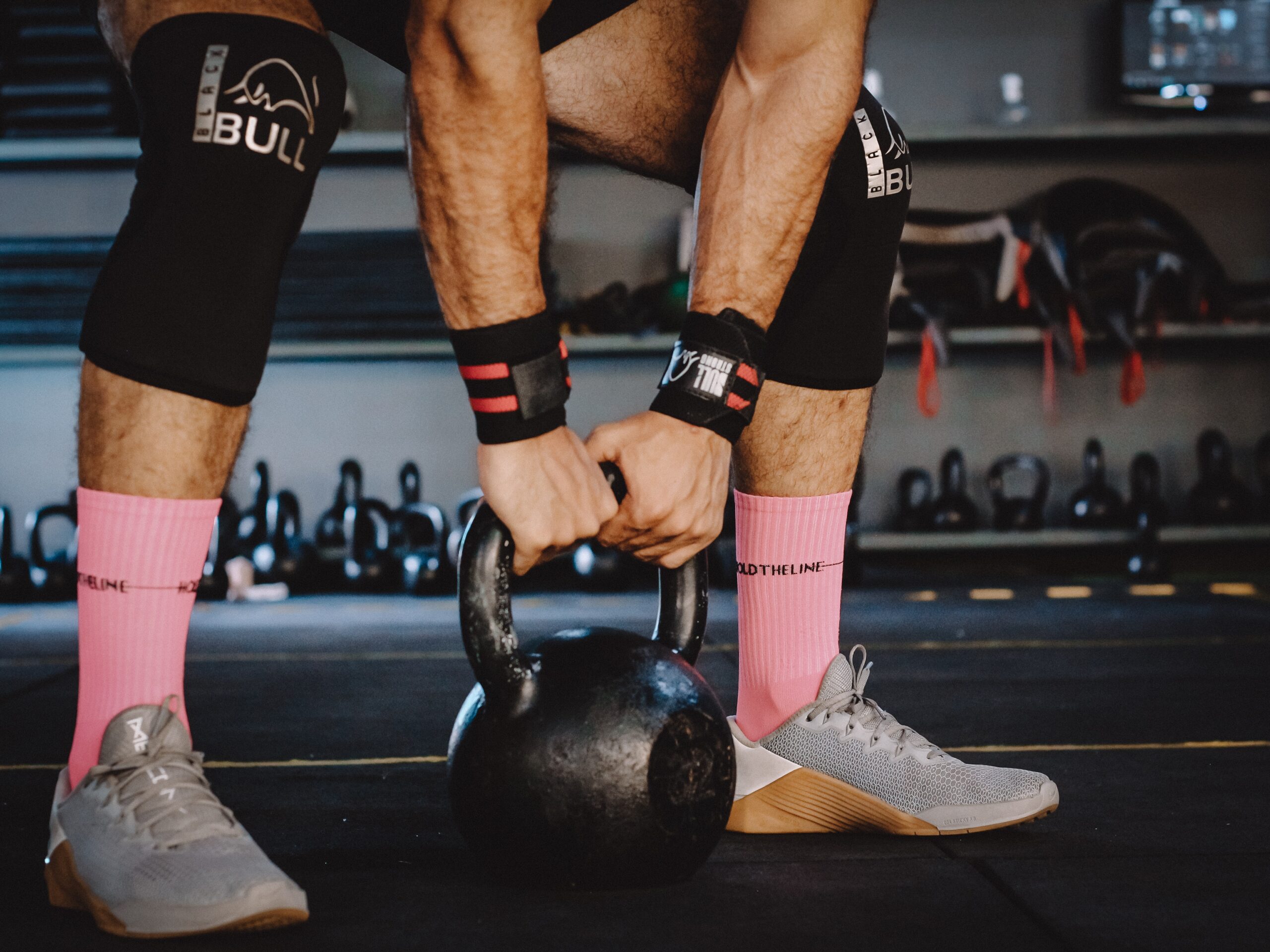
Maintaining tendon and bone health is important to everyone. Building strong bones and tendons requires proper diet, nutrition and exercise. For weightlifters, continuing to develop tendon and bone health is crucial to reduce the risk of injury. A lifter can be injured after one overexertion, lifting too much too fast, a misstep, or lifting too heavy. Keeping tendons, muscles and bones healthy is essential for reducing the occurrence and severity of lifting injuries.
Shoulder injuries
These injuries are often associated with weightlifting and can range in severity from tendonitis of the biceps or rotator cuff to more serious injuries, such as tears in the labrum (the tendons in the shoulder) or a tear in the rotator cuff. Weightlifters must maintain good form to reduce the risk of shoulder injury. Grip stance, hand spacing, and lift weight all comprise good form. Lowering the weight or going off rate of perceived exertion (RPE) helps these athletes avoid serious injury from occurring in the shoulder.
Wrist injuries
Injuries to the wrists, such as tendonitis or dorsal wrist impingement, can be problematic for weightlifters. They are commonly caused by overexertion and the repetitive motion of lifting. As with all exercise, pain is a warning sign that something is wrong, and choosing to push through the pain causes further injury.
Knee injuries
Some of the most serious injuries weightlifters face are knee injuries. Injuries like knee strain and sprain are associated with sports where sudden stops, twisting and rotation are required. However, they also occur in weightlifters. Injury of the ACL, PCL or hamstring are the most frequent injuries sustained by weightlifters. Being completely warmed up prior to lifting will reduce the risk of injury to the knee. Stretching is another important way to avoid these injuries.
Dynamic stretching will improve flexibility and focus by the deliberate tightening and loosening of the muscle groups needed to lift. This increases range of motion, which helps decrease stress on the joints. Dynamic stretching should be included in each warm-up regardless of which activity you will be engaged in, and a session should last 5-10 minutes to fully prepare your body and to reduce the risk of injury.
Other common injuries
Tendonitis and other forms of strain can occur in other areas such as the back and neck. These types of injuries are caused by improper technique, lifting too heavy or training for extended periods of time. Lifters who experience strain should refrain from overexertion and opt out of training for a day or two until the pain subsides.
Orthopedic Specialty Institute is here to diagnose and provide rehabilitative care for injuries resulting from weightlifting mishaps. Same day appointments are now available. Call 954-866-9699 to schedule a consultation.
